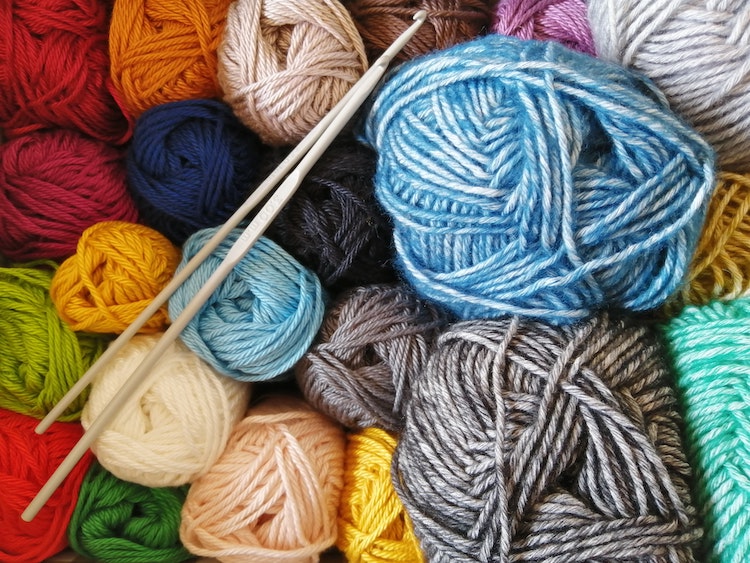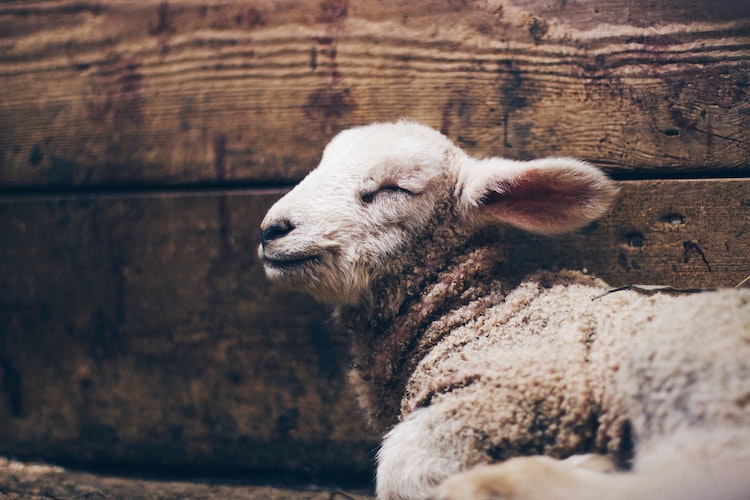
Menu
2022 Guide to Eco-friendly Socks
Table of Contents
If you’re like us, you want your socks to feel good on your feet, but it’s even better if they can be good for the planet too. When you’re looking for an environmentally friendly pair of socks, the first thing you should consider is the material from which they’re made.
In each section below, we explore some of the questions you should ask when you’re evaluating whether or not the socks are made using sustainable materials.
Natural vs. Synthetic Socks
There are many different ways to create the yarns and fabrics that make your clothing. As a general rule of thumb, naturally occurring materials are more sustainable. Many synthetics such as polyester and nylon are derived from chemical and petroleum products. The creation process of these materials can be polluting and use non-renewable resources. Once you eventually wear out your socks and dispose of them, these materials usually aren’t biodegradable. In recent years, we’ve also learned more about how tiny plastic particles from these synthetics can get into the natural environment and harm wildlife.
On the other hand, using materials that are naturally occurring, such as cotton or wool, means your socks cause less stress on the environment.

There are exceptions to these rules. All over the world, researchers are working to develop yarns and fabrics that can be made in more sustainable ways. Additionally, not all naturally occurring materials are made equally. You need to consider the longevity of the product and weigh that against the environmental cost. For example, wool socks may be durable and long lasting, but raising livestock is a major emitter of greenhouse gas emissions. Additionally, using a recycled synthetic product may be more sustainable than buying products made from new natural materials, which leads us to our next point…

New vs. Recycled Socks
Creating almost any new product has an environmental cost. Even growing a relatively sustainable product like cotton can be extremely water intensive. Most of the world’s cotton is also grown using pesticides which makes it even more damaging.
When considering the choice between a pair of socks made from recycled polyester and a pair made from new cotton, the recycled polyester is better for the planet. This is for a couple reasons. As we mentioned, cotton takes a lot of water to grow, but that polyester already exists. The cotton would also need to be dyed, whereas the recycled polyester likely has pigment already. That means the recycled socks require no wasted water, no pesticides, and no new dyes.
P.S. – don’t buy 100% polyester socks. Your feet will stink and they feel cheap.
Plant vs. Animal Socks
It’s hard not to fall in love with a great pair of wool or alpaca socks. They’re warm, durable, and moisture wicking. There are a few considerations that need to be made here as well. Many people have concerns whether or not the animals whose wool is making their clothing are being treated well or not. This is a legitimate concern in many situations, but we’ve found that most of the people who raise sheep, alpaca, and other wool producing animals truly care for their wellbeing.
It may surprise you to know that roughly 15% of manmade greenhouse gas emissions come from livestock – that’s nearly as much as all the trucks, cars, boats, trains, and planes in the world combined. The most common reason for raising livestock is for food, but these animals are also used in the textile industry for leather, wool, and more.

Products made from plant-derived materials are better for the environment due to their neutral and negative greenhouse gas footprints.
Other Considerations
As any elementary student will proudly tell you, the are 3 Rs when it come to taking care of the planet: Reduce, Reuse, Recycle. We’ve discussed how you can use recycled materials in this article, but that leaves us with 2 other Rs. When you buy socks that last longer, you need to buy fewer socks. You can reuse more times and reduce your overall consumption. High quality socks, particularly ones made from recycled, plant derived materials, are the best bet for minimizing your footprint.